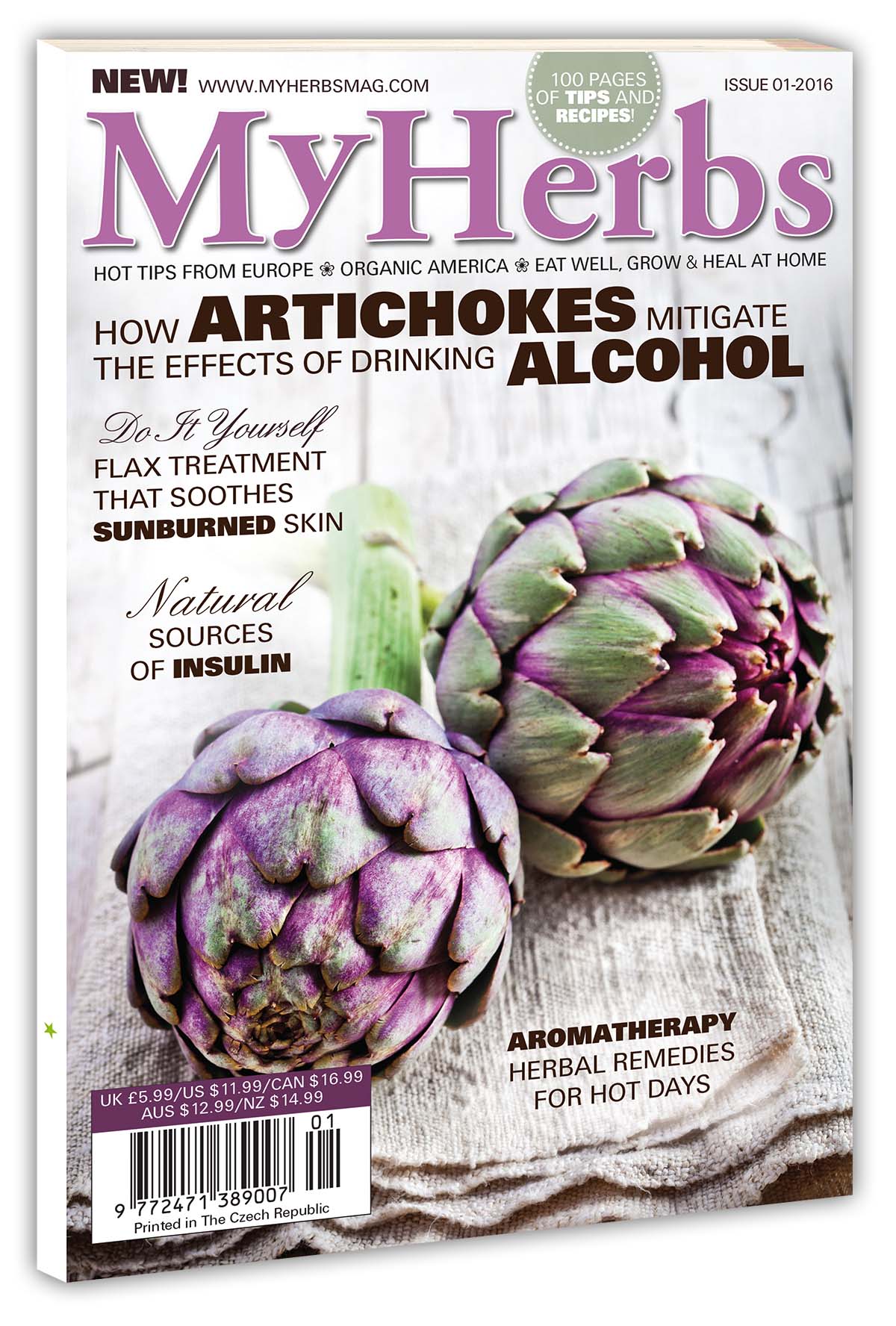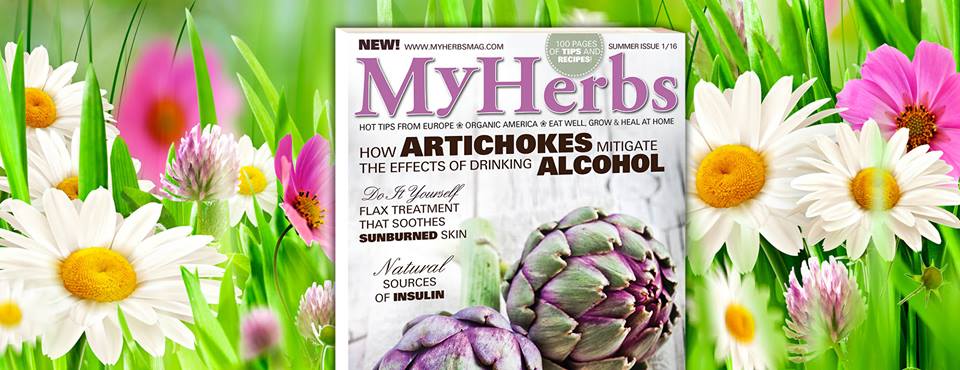This bittersweet-tasting plant from the Asteraceae family has a multitude of healing abilities. It regenerates the liver, acts against flatulence and has strong detoxifying effects. It also has its unmistakeable place in the culinary domain – on the most opulent tables among the most delicious delicacies.
The artichoke’s leaves are silvery-green and cut along the edges. Its main edible parts are its buds. These have to be harvested one at a time and ideally just before they bloom, since they become bitter after that. Artichokes are distinguished by the color of their buds – there are white, green or purple ones. The artichoke often grows up to one and a half meters in height.
Artichokes are distinguished by the color of their buds – there are white, green or purple ones. The artichoke often grows up to one and a half meters in height.
HISTORY AND ORIGIN
The plant originally comes from North Africa and West Asia. It was also known in ancient Egypt, since its depictions were found in the ruins of ancient temples there.  Even the ancient Greeks and Romans were familiar with it. It was the Romans who had it imported from Carthage. Today, artichoke is most often consumed in Italy, France and Spain, where it is commonly grown. The first extensive artichoke farms date back all the way to fifteenth century Sicily.
Even the ancient Greeks and Romans were familiar with it. It was the Romans who had it imported from Carthage. Today, artichoke is most often consumed in Italy, France and Spain, where it is commonly grown. The first extensive artichoke farms date back all the way to fifteenth century Sicily.
GROWING
It can be grown domestically as well, but the important thing is to have a lot of sunlight available for the artichoke to grow properly. It is a thermophilic plant and it does not grow well without direct sunlight. It also requires permeable rich soil. During the summer, it is also vital for artichokes to be watered regularly, which, among other things, prevents a woody flavour. With sufficient watering, the buds will be much tastier. It is necessary to pre-grow artichokes from the seeds or to buy already pre-grown plants in a garden centre.
It is necessary to pre-grow artichokes from the seeds or to buy already pre-grown plants in a garden centre.
Alternatively, it is possible to reproduce them through division of older clusters. Typically artichokes are planted in the garden bed in May, because there is the danger of ground frost during the earlier months, which could harm them. It is grown as a perennial plant. Before the winter, the tubers should be stored in a cold room where there is no danger of frost.
(…)
Would you like to learn more? The complete text and many other articles, tips and advice can be found in MyHerbs Magazine!  You can subscribe HERE or buy the hardcopy from June 15 onwards in selected stores.
You can subscribe HERE or buy the hardcopy from June 15 onwards in selected stores.
Get My Herbs now!
 My Herbs magazine will be available in the USA in Whole Foods Market stores, Barnes&Noble bookstores, SAMS Club or Books A Million. Also available in the UK, Australia, Canada, New Zealand, Germany, Belgium and in 19 other countries around the world.
My Herbs magazine will be available in the USA in Whole Foods Market stores, Barnes&Noble bookstores, SAMS Club or Books A Million. Also available in the UK, Australia, Canada, New Zealand, Germany, Belgium and in 19 other countries around the world.
Issue 01 is distributed in these countries (Display until September 15):
✭ USA ✭ CANADA ✭ UK ✭ AUSTRALIA ✭ NEW ZEALAND ✭ BAHRAIN ✭ BELGIUM ✭ BRAZIL ✭ CHINA ✭ CYPRUS ✭ CZECH REPUBLIC ✭ GERMANY ✭ GREECE ✭ HONG KONG ✭ ICELAND ✭ ITALY ✭ JORDAN ✭ MALAYSIA ✭ MALTA ✭ PORTUGAL ✭ SINGAPORE ✭ SPAIN ✭ TAIWAN ✭

